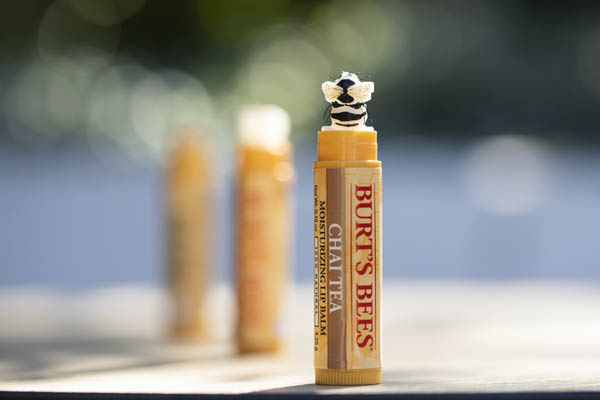We are celebrating World Bee Day (20th May) by bringing you some updated stats on our favourite insect; the humble honey bee.
An Australian researcher has produced the world’s first country-by-country data on bee populations and amidst frightening trends of decline but, there are some silver linings. John Karasinski, economist and researcher from Curtin University and associate of the Wheen Bee Foundation, said while the data shows sharp declines in many countries such as in the USA, where populations have more than halved, there are other places like New Zealand where bee populations have grown by 135%”.
“Overall my research has shown that the global managed honey bee population has increased by 86 percent, which seems like good news, but does not tell the full story,” cautioned Dr Karasinski.
“The managed honey bee population is facing a range of dire impacts and in many countries the sharp declines in populations have been completely unexplained.”
General Manager of Burt’s Bees ANZ Shaunte Mears-Watkins has welcomed the new statistics and highlighted the key role that bees play in your eco-system.
“Burt’s Bees supports a range of bee initiatives globally, because it holds the key to ensuring a healthy bee population, which is critical to biodiversity, food production and economies,” Mears-Watkins said.
“As the leading natural beauty brand committed to the preservation of the world’s bees globally, Burt’s Bees is proud to support initiatives which highlight the plight of the bees and which facilitate education of consumers to drive behaviour change for the good of the health of our bee colonies,” she said.
A decline in the bee population will impact all facets of life, from the foods we eat to the biodiversity of our eco-systems. If we don’t save the bees, fresh produce like avocados, apples, almonds and blueberries will become a scarce.
However, there are many ways we can avoid losing our beloved bees and avocado toast.
“Everyone can help the bees in a range of daily activities, such as planting flower borders with bee-friendly flowers and reducing the amount you mow your lawn; they may seem like small things, but it’s those small actions that Australians can make every day which will drive change to protect our bees,” Ms Mears-Watkins said.
According to Mr. Karasinski, the bee population in Australia decreased by 35% between 1986 and 1987.
“Until this day the bee population has never fully recovered and there are no obvious reasons for the sharp decline, such as drought or major bush fires which may impact a population for 25 to 30 years,” Karasinski adds.
“In Northern Europe it declined by 28% between 1961 and 1971 and between 1981 and 1991 by a massive 50% and their population has not fully recovered, but in southern Europe it has increased by 1000%. It is great to see bee populations in some countries thrive, but based on the evidence we have seen around the world with sharp and dramatic declines in some areas, we can’t be confident that even in countries which are thriving today their honey bee populations could cut dramatically and unexplainably tomorrow.”
Further facts from the research:
• India has the most number of managed honey bees with 12.8 million bee hives and an estimated 415 bn bees, ranks only 8th in terms of honey production, but first with honey comb production.
• China has the second highest number of managed honey bees with 9 million bee hives.
• Russia, America, and Germany (R.A.G. countries) accounted for a combined 81% decline in honey bee population between 1961 and 2017.
• There was a 35% decreased in honey bees in Australia in 1987, which remains unexplained. In 1986 there were 560,000 managed honey bee hives in Australia, which fell to 362,149 bee hives in 1987.
• In New Zealand between 1961 and 2017 bee hive numbers grew 350%, with the largest increase in 2001 where the mean population almost doubled.
• Unlike Australia and some other countries, New Zealand’s bee hive population did not experience a temporary or permanent decline in numbers in the mid 1980’s.
• By 2017 New Zealand’s managed honey bee population significantly outstripped Australia’s population by 125%.
• Bushfires can impact bees for 25 to 30 years.
• Factors which may impact bee population include: habitat loss, agricultural processes, large scale farming practices, pesticides, herbicides and insecticides, pollution, diseases, varroa mite, droughts, floods, storms, bushfires and armed conflict.
Statistics taken from Karasinski, J, Estimates of the Population of Managed Honey Bees (Apis mellifera) A Global Study, Department of Mineral and Energy Economics, WA School of Mines, Curtin University, 30 April 2019

